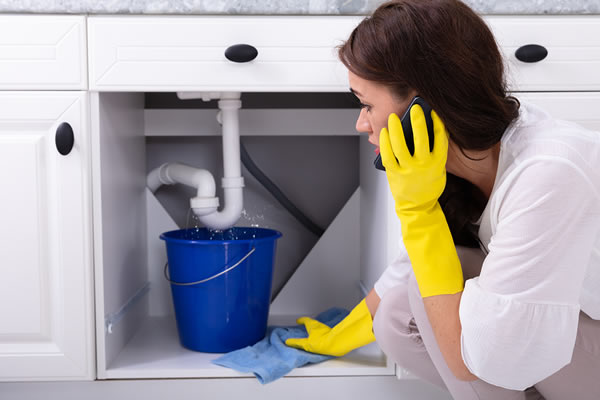The writer is making a few good pointers on the subject of Finding hidden leaks as a whole in the article further down.

The minute you discover a leakage, calling your plumber for repairs is the best solution. Nonetheless, some small water leaks may not be visible. Right here are some hacks that help if you can not identify it with your naked eyes.
Early discovery of leaking water lines can minimize a prospective calamity. Aside from conserving you money, it will decrease the aggravation as well as frustration.
Inspect Water Intake
Assess your water expenses as well as track your water intake. As the one paying it, you should notice if there are any type of discrepancies. If you find sudden changes, in spite of your usage coinciding, it suggests that you have leakages in your plumbing system. Bear in mind, your water costs need to drop under the very same array on a monthly basis. An abrupt spike in your costs suggests a fast-moving leakage.
On the other hand, a steady rise each month, even with the very same routines, reveals you have a slow-moving leakage that's also slowly intensifying. Call a plumber to extensively check your residential or commercial property, especially if you really feel a warm location on your floor with piping below.
Analyze the circumstance and check
Home owners must make it a behavior to examine under the sink counters as well as also inside closets for any type of bad odor or mold development. These 2 red flags suggest a leak so punctual interest is needed. Doing routine examinations, also bi-annually, can conserve you from a significant problem.
Take A Look At the Water Meter
Every residence has a water meter. Checking it is a surefire way that assists you find leaks. For starters, turn off all the water sources. Guarantee nobody will flush, utilize the faucet, shower, run the washing device or dishwashing machine. From there, most likely to the meter as well as watch if it will transform. Considering that no one is using it, there must be no movements. That shows a fast-moving leakage if it moves. If you find no modifications, wait an hour or two and also inspect back once again. This implies you may have a slow leakage that might also be below ground.
Asses Outside Lines
Do not fail to remember to check your outdoor water lines also. Must water leak out of the connection, you have a loose rubber gasket. One small leak can throw away tons of water as well as surge your water expense.
Do a Food Coloring Test
When it comes to water intake, 30% comes from toilets. If the color in some way infiltrates your dish throughout that time without flushing, there's a leakage between the storage tank and also dish.
Check for stainings and deteriorating as the majority of devices and pipelines have a life expectations. If you suspect leaking water lines in your plumbing system, do not wait for it to escalate.
The minute you find a leakage, calling your plumber for fixings is the ideal service. Some little water leakages might not be visible. Inspecting it is a surefire way that aids you uncover leaks. One tiny leakage can waste lots of water and also spike your water costs.
If you think dripping water lines in your plumbing system, don't wait for it to escalate.
WARNING SIGNS OF WATER LEAKAGE BEHIND THE WALL
PERSISTENT MUSTY ODORS
As water slowly drips from a leaky pipe inside the wall, flooring and sheetrock stay damp and develop an odor similar to wet cardboard. It generates a musty smell that can help you find hidden leaks.
MOLD IN UNUSUAL AREAS
Mold usually grows in wet areas like kitchens, baths and laundry rooms. If you spot the stuff on walls or baseboards in other rooms of the house, it’s a good indicator of undetected water leaks.
STAINS THAT GROW
When mold thrives around a leaky pipe, it sometimes takes hold on the inside surface of the affected wall. A growing stain on otherwise clean sheetrock is often your sign of a hidden plumbing problem.
PEELING OR BUBBLING WALLPAPER / PAINT
This clue is easy to miss in rooms that don’t get much use. When you see wallpaper separating along seams or paint bubbling or flaking off the wall, blame sheetrock that stays wet because of an undetected leak.
BUCKLED CEILINGS AND STAINED FLOORS
If ceilings or floors in bathrooms, kitchens or laundry areas develop structural problems, don’t rule out constant damp inside the walls. Wet sheetrock can affect adjacent framing, flooring and ceilings.
https://www.servicemasterbyzaba.com/blog/how-to-detect-water-leakage-in-walls/

I stumbled upon that content on Leaking water lines when looking around the search engines. If you please set aside a second to share this content if you liked it. We recognize the value of reading our article about Leaking water lines.